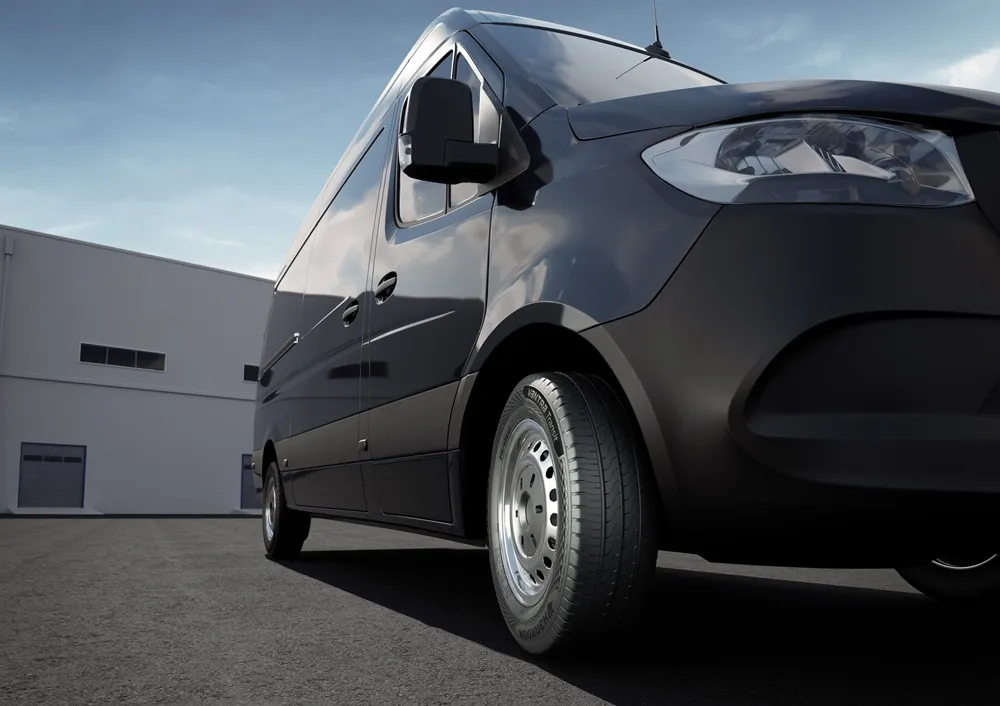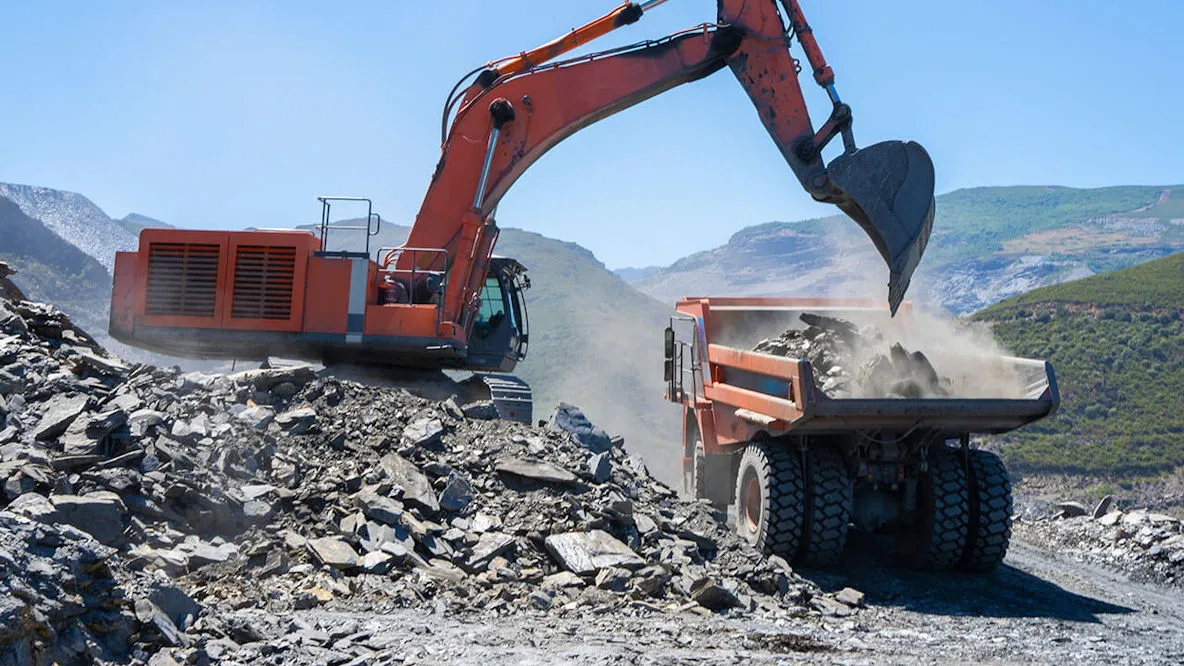A breakdown is a troublesome event for truck and bus drivers and one where they need help fast. In the current coronavirus crisis, it is more important than ever for them to get fast support and information on what to do, given the crucial part they play in keeping supplies of urgently needed goods flowing smoothly.
European Truck Breakdown Regulations Compiled
On cross-border trips in particular, drivers can feel lost in the event of a breakdown, and need to be aware of the emergency protocols that they should follow. In response, Continental has compiled information for drivers and flee...
European Truck Breakdown Regulations Compiled
On cross-border trips in particular, drivers can feel lost in the event of a breakdown, and need to be aware of the emergency protocols that they should follow. In response, Continental has compiled information for drivers and flee...








